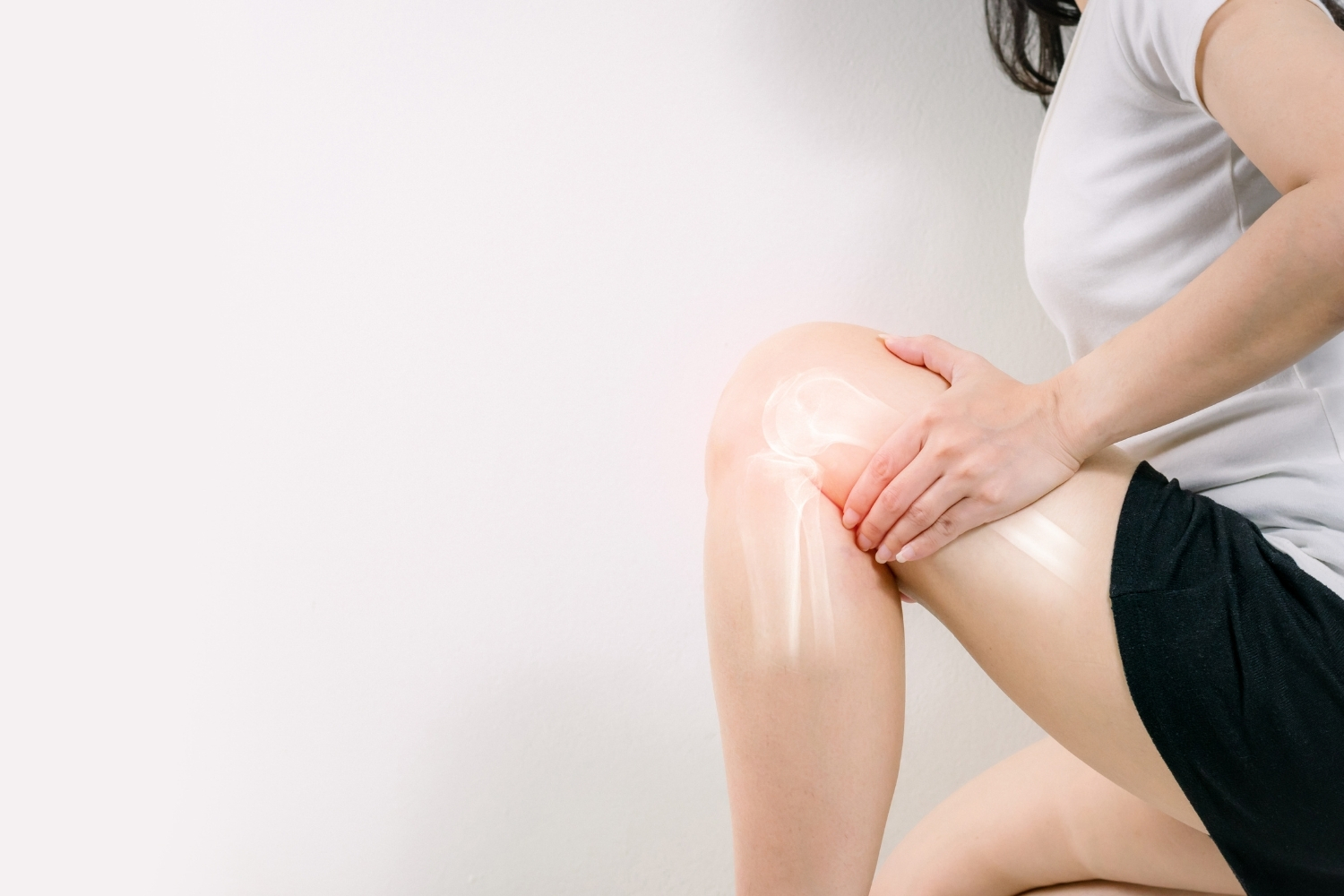
According to the United Nations, by 2050, people aged over 60 will account for more than 20% of the world’s population.
Of that 20%, a conservative estimate of 15% will have symptomatic osteoarthritis, and one-third of these people will be severely disabled.
We are very familiar with total knee replacement as a mode of treatment for osteoarthritis (OA) of the knee.
Despite all the advances with knee replacement surgery, a significant number of patients are dissatisfied with post knee replacement. Not all knees with osteoarthritis require a knee replacement.
Some of the drawbacks of a knee replacement are:
Although knee replacement surgery is the best surgery for severe osteoarthritis of the knee, it should however be done only after trying all the other treatment options available. A knee replacement surgery should be reserved as a salvage procedure when all other treatment modalities fail.
Various modes of nonoperative treatment options of knee osteoarthritis, including lifestyle changes and the role of physiotherapy, orthotics, and pharmacologic treatment are available in the early stages.
Conventional treatments such as viscosupplements like Hyaluronic acid gel injections, intraarticular injections – platelet-rich plasma, and stem cells have begun to show positive results.
Surgical management of knee osteoarthritis include arthroscopic debridement and microfracture of affected area, as well as cartilage transplantation.
Newer surgical options like Proximal fibula osteomy (PFO) are also gaining popularity. In proximal fibula osteomy (PFO), a small portion of the fibula bone of the leg is removed and this naturally restores the mechanical axis of the affected knee. Removal of the fibula bone of 2 cm does not cause any functional limitation to the knee or the leg. This fibula bone is usually cut to be used as a bone graft in bone tumour surgeries and nonunion of fractures.
The advantages of proximal fibula osteomy (PFO) are:
Nonoperative treatments that are gaining popularity are Radiofrequency ablation (RFA), platelet rich plasma (PRP), hyaluronic acid (HA) injections, and stem cells, just to name a few. These options are available depending on the extent of the knee condition.
Radiofrequency ablation (RFA) is based on the principle of basically stopping the nerves that bring pain sensation to the knee by specifically coagulating it at 3 specific points of our knee.
The advantages of this procedure are that the patient can be awake during the procedure, which will take approximately 20 minutes. This procedure is also cheaper compared to surgery, and patients can walk immediately. Radiofrequency ablation (RFA) procedure can be done as a day care procedure as well.
Platelet rich plasma (PRP) is the plasma fraction of autologous blood with platelet concentration above baseline. Platelet counts of 4–5 times of the baseline (1.5–4.5 · 105 /lL) label the product as PRP. Platelet rich plasma (PRP) injection is a procedure where the patient’s own blood is extracted, the blood is then centrifuged outside the body by a specific centrifuging machine for approximately 30 minutes and a small amount of pure platelet rich plasma (PRP) is obtained. The platelet rich plasma is then injected into the knee.
The advantages of platelet rich plasma (PRP) are:
All the treatment options mentioned have 2 main goals:

Wait a minute

Wait a minute